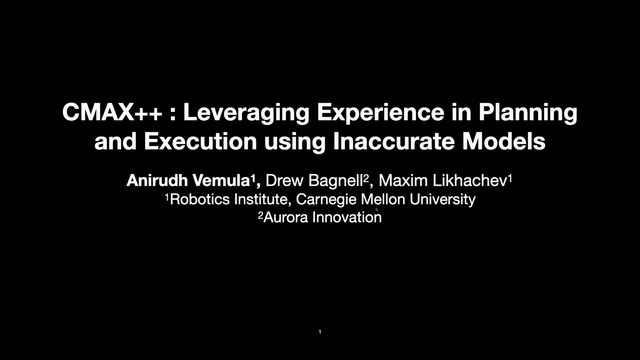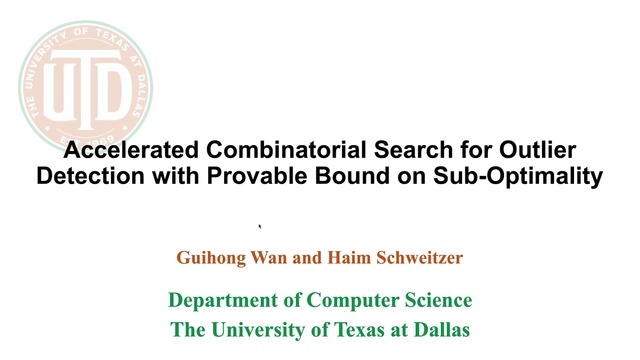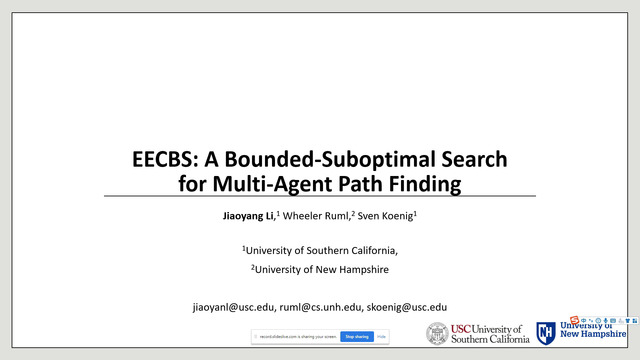Abstract:
Safe-interval path planning (SIPP) is a powerful approach for finding a path in the presence of dynamic obstacles and continuous time. SIPP is based on the A* algorithm and returns provably optimal solutions.
However, in many practical applications of SIPP such as path planning for robots, one would like to trade-off solution cost optimality for shorter planning time.
In this paper we explore different ways to build a bounded-suboptimal SIPP and discusses their pros and cons.
We compare the different bounded-suboptimal versions of SIPP experimentally.
While there is no universal winner, the results provide insights into when each method should be used.









































